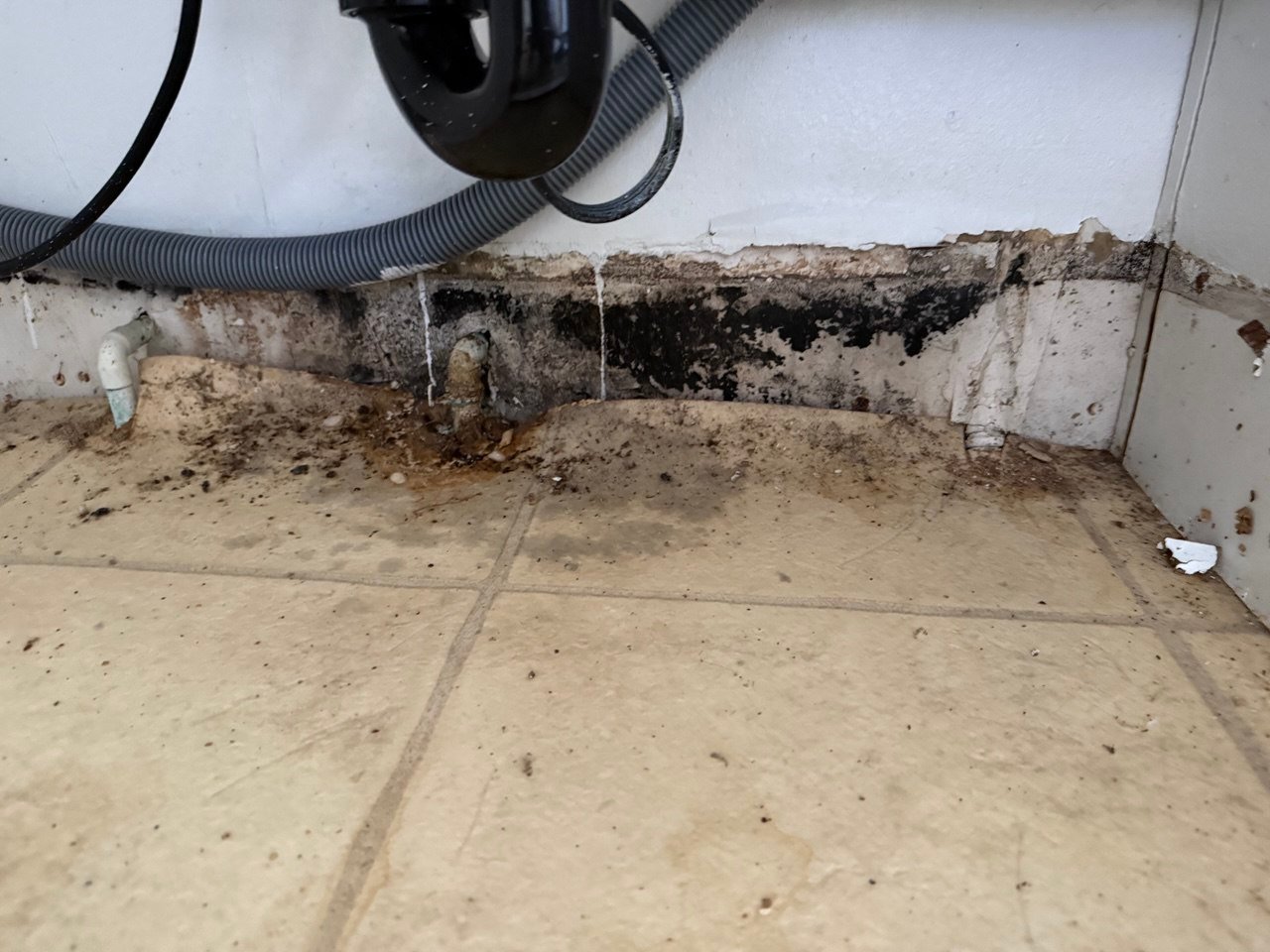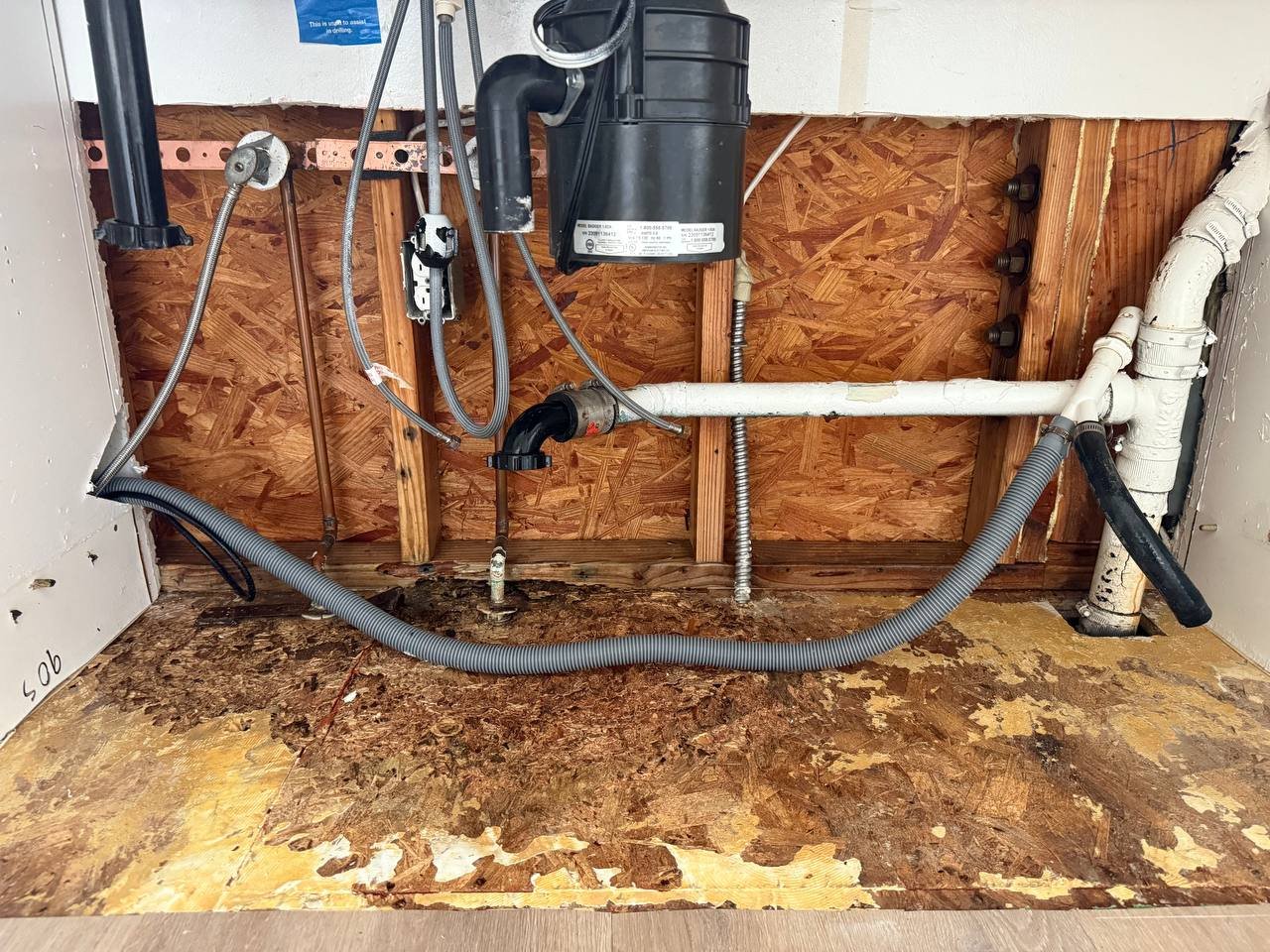Mold Remediation in Studio City, CA | Inspection, Removal, Prevention
Studio City mixes hillside homes near Fryman and Laurel Canyon with mid-century ranches and dense apartments along Ventura Blvd and Colfax. Roof details, older plumbing, and small baths without strong exhaust create lingering moisture inside walls and ceilings. Onsite Pro Restoration delivers certified inspections, controlled removal, and prevention designed for Studio City’s construction and microclimate.
Get Started
Service Form
Complete Mold Remediation Services
Musty Odor, Spots, or Recurring Stains
A persistent musty smell, speckled drywall or plaster, and stains that “come back” after cleaning signal active moisture in cavities.
Symptoms That Ease Outdoors
If cough, sinus irritation, or eye watering improve when you leave the home but return indoors, hidden moisture or growth may be present.
After Leaks, Storms, or HVAC Issues
Winter storms, flat-roof or deck membrane seepage, slow plumbing drips, or clogged AC condensate lines keep porous materials damp long enough for mold to colonize.

Why Mold Happens in Studio City Homes and Buildings
Hillside Roofs, Decks, and Complex Flashing
South of Ventura Blvd, steep roofs, balconies over living space, and parapets are common. Wind-driven rain tracks at penetrations and scuppers, wetting insulation and ceilings below.
Mid-Century Plumbing and Tight Utility Rooms
Galvanized or aging copper lines and older angle stops leak behind cabinets and laundry closets. Small mechanical rooms trap humidity and odor.
Weak or Misrouted Bath Exhaust
Original baths often lack exterior venting. Steam loads wall and ceiling cavities, especially in interior units with limited airflow.
Window and Stucco Intrusions
Hairline stucco cracks and aging window assemblies along Ventura Blvd let rain bypass paper and wet sheathing, later showing as interior staining.
Crawl Spaces and Irrigation
Irrigation against stucco and limited crawl-space airflow near valley bottoms raise humidity. Moisture wicks into lower plates and toe-kicks along first floors.
Multi-Unit Stack and Neighbor Leaks
Shared stacks in courtyard buildings move water vertically and laterally. Without containment, hidden migration spreads the problem between units.
Click Here
Our IICRC S520 Mold Remediation Process
1) Inspection and Moisture Mapping
We locate sources and map wet materials with pin/pinless meters and thermal imaging. Scope aligns with IICRC S520. Sampling is recommended only when it changes scope, satisfies HOA or lender rules, or verifies clearance (PRV).
2) Source control
Mold returns if the source remains. We coordinate roof or membrane repair, plumbing fixes, condensate service, exterior sealing, and ventilation upgrades before or during remediation.
3) Containment and negative pressure
We isolate work zones with poly or rigid containment and zipper doors. HEPA-filtered negative air maintains pressure differentials so dust and spores do not migrate to halls or adjacent rooms. HVAC supplies/returns in the zone are sealed. Paths get floor and dust protection.
4) Removal of contaminated materials
Porous materials with established growth—colonized drywall, carpet pad, and wet insulation—are removed. Where plaster is sound with light surface growth, we attempt cleaning; delamination or deep colonization requires removal. We expose framing where needed for cleaning and dry-down.
5) HEPA cleaning and detail work
We HEPA-vacuum, mechanically agitate, and detail clean all affected surfaces. Targeted antimicrobial supports cleaning. It never replaces source removal.
6) Controlled drying to targets
Commercial dehumidifiers and directed airflow reduce vapor pressure and bring materials to target moisture. We log baseline, daily, and clearance readings and do not close until targets are met.
7) Post-Remediation Verification (as needed)
For larger jobs, HOAs, or sensitive occupants, a third-party assessor performs PRV. Passing criteria include clean visuals, odor-free conditions, balanced air handling, and project-appropriate sampling.
8) Documentation and handover
You receive photos, containment layouts, moisture and equipment logs, and a line-item scope in Xactimate format. Clear records reduce adjuster pushback and protect future disclosures.
Specialty Care for Studio City Materials and Assemblies
Plaster, Lath, and Historic Trim
Many homes north and south of Ventura use plaster and millwork. Plaster retains moisture longer than drywall, so we use lower-stress airflow, selective openings, and HEPA sanding. We protect original casings, built-ins, and stair trim and preserve them when feasible.
Hardwood, Engineered, and Luxury Vinyl
We stage dehumidification and deploy floor-drying mats to limit cupping. Swollen engineered cores are documented for replacement. Luxury vinyl systems can trap water; we create relief paths and verify subfloor dry-down.
Tile and Stone Over Mortar Beds
We manage vapor to reduce efflorescence. Non-destructive meters confirm drying beneath dense finishes. Where assemblies trap water, we plan minimal-impact relief points.
Cabinets and Built-Ins
Toe-kick removal and cavity ventilation improve dry-down without full removal when structure allows. If panels delaminate, we plan sectional removal and preserve doors/faces where possible.
Common-Area Protection in Multi-Unit Buildings
Elevators and corridors get floor protection and corner guards. We stage compact equipment, schedule access windows, and follow quiet hours per HOA or management.

Studio City Case Study: Hillside Bath and Deck Combo Leak
Situation
A hillside home near Fryman Canyon reported recurring ceiling spots in a second-floor bath and musty odor in the living room below a roof deck. Thermal imaging found wet insulation and ~260 sq ft of impacted drywall. The bath fan terminated in the attic, holding humidity.
Containment and Removal
We built separate containments for the bath and living room with a shared decon area, sealed HVAC registers, and protected flooring and stairs. Saturated insulation and limited drywall were removed under control where readings demanded.
Cleaning and Drying
Framing was HEPA-vacuumed, mechanically cleaned, and treated with targeted antimicrobial. Dehumidifiers and air movers created a closed drying system. Daily logs were shared with the owner and insurer.
Outcome
Dry goals met on day 4. Odor resolved by day 2 after source removal and cleaning. A roofer corrected the deck membrane at the scupper, and we ducted the bath fan to exterior with a humidity switch. The carrier approved the claim without re-inspection due to complete documentation.
Lesson
In hillside assemblies, fix both the water entry (membrane) and the moisture load (venting), or recurrence is likely.
Cost Factors (Typical Ranges, Not a Quote)
Actual pricing varies by size, materials, access, HOA rules, and verification needs:
Containment and protection: $150–$600 per chamber depending on complexity.
Selective demolition: drywall removal/haul-off $2.50–$5.50 per sq ft; wet insulation removal $1.50–$3.50 per sq ft; baseboard/toe-kick remove/replace $6–$12 per linear ft.
HEPA negative-air (per day): $95–$165 per machine.
Air movers / dehumidifiers (per day): $25–$45 and $75–$125.
Detail cleaning + antimicrobial: $0.20–$0.50 per sq ft treated.
PRV by third party (if used): billed separately by assessor/lab.
Policies often cap mold coverage but may support the sudden and accidental water loss that caused it. Our documentation ties cause, extent, and dry-down to policy language to reduce delays.
Timeline
Inspection and scope: same day.
Containment, removal, initial cleaning: 1–2 days for a bath or closet; longer for multi-room or ceilings under decks.
Drying and PRV: typically 2–4 additional days depending on materials and indoor humidity.
Rebuild: after targets and, if used, PRV pass. Typical scopes: drywall/texture, insulation, paint, trim.
Health and Safety
Negative pressure contains contaminants inside the work zone.
PPE and controlled waste handling limit exposure.
Lead/asbestos rules are followed for pre-1978 materials before disturbance.
No “fog-only” shortcuts. Established growth requires source removal and dry-down.
Prevention After Remediation
Roof/deck membranes: inspect seams, penetrations, and scuppers; keep drains clear before storms.
Ventilation: vent baths and laundry to exterior; use humidity-sensing controls; improve make-up air in tight rooms.
Plumbing: replace aging angle stops and supply lines; install pressure regulation if PSI is high.
Windows/stucco: seal cracks and maintain flashing; check sills after wind-driven rain.
Indoor RH control: hold ~40–50%; use portable dehumidifiers in interior rooms and during wet weeks.
HVAC/condensate: service drains and pans; add float switches and leak alarms.
Crawl spaces/landscaping: redirect irrigation, maintain positive grading, and increase airflow.
Verification: after any leak, confirm target moisture before closing walls or refinishing floors.
Insurance Support
Xactimate estimates aligned with carrier formats.
Evidence package with photos, moisture logs, equipment logs, and scope notes.
Direct adjuster communication to reduce re-inspections and speed decisions.
Service Area and Response
We serve Studio City, Laurel Canyon, Fryman Canyon, Dona Streets, Colfax Meadows, and adjacent Valley neighborhoods including Valley Village, Toluca Lake, and Sherman Oaks. Dispatch is 24/7.
Explore More Restoration Services for Studio City
Internal Links
Studio City Sewer Damage Cleanup
Safe sewer and biohazard cleanup.
Studio City Fire Damage Restoration
Complete fire and smoke restoration.
Studio City Emergency Water Damage
Rapid water extraction and drying.
Studio City Hub Page
Explore all restoration services in Studio City.
